By Chloe Cook
A shrine meant for holding spirit tablets or tablets of ancestors used for worship, 1644 - 1911. (CanCulture/Chloe Cook)
With the 2019 Chinese Lunar New Year festivities just beginning, the Royal Ontario Museum has installed a new exhibit that looks at the long-standing traditions of the festival.
Gods in My Home displays many different paintings, prints and artifacts from the 1900s, and beyond that shows the joyous time that is the Chinese Lunar New Year.
Traditionally, artworks like prints and paintings were hung in the main hall of a home to bring good fortune to the family in the new year. Gods in My Home showcases the kinds of art that families hung to create a festive atmosphere. The exhibit is on from now until Sept. 29.
The exhibit showcases everything from traditional art, to games, to instruments. It is intended to bring Chinese ancestral paintings and traditional popular prints together to explore and examine. There are also interactive activities throughout the exhibit as well as informative videos on display.
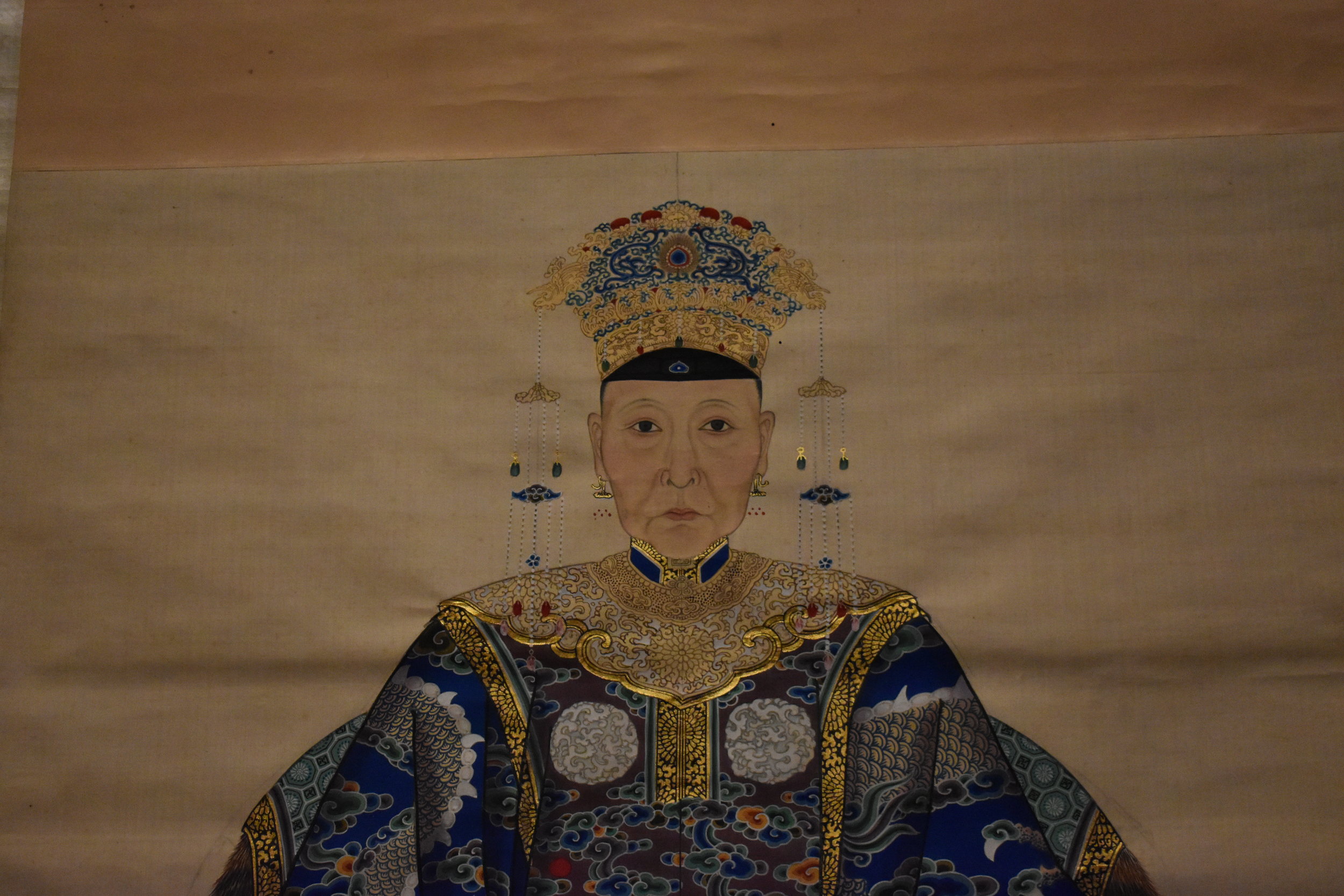
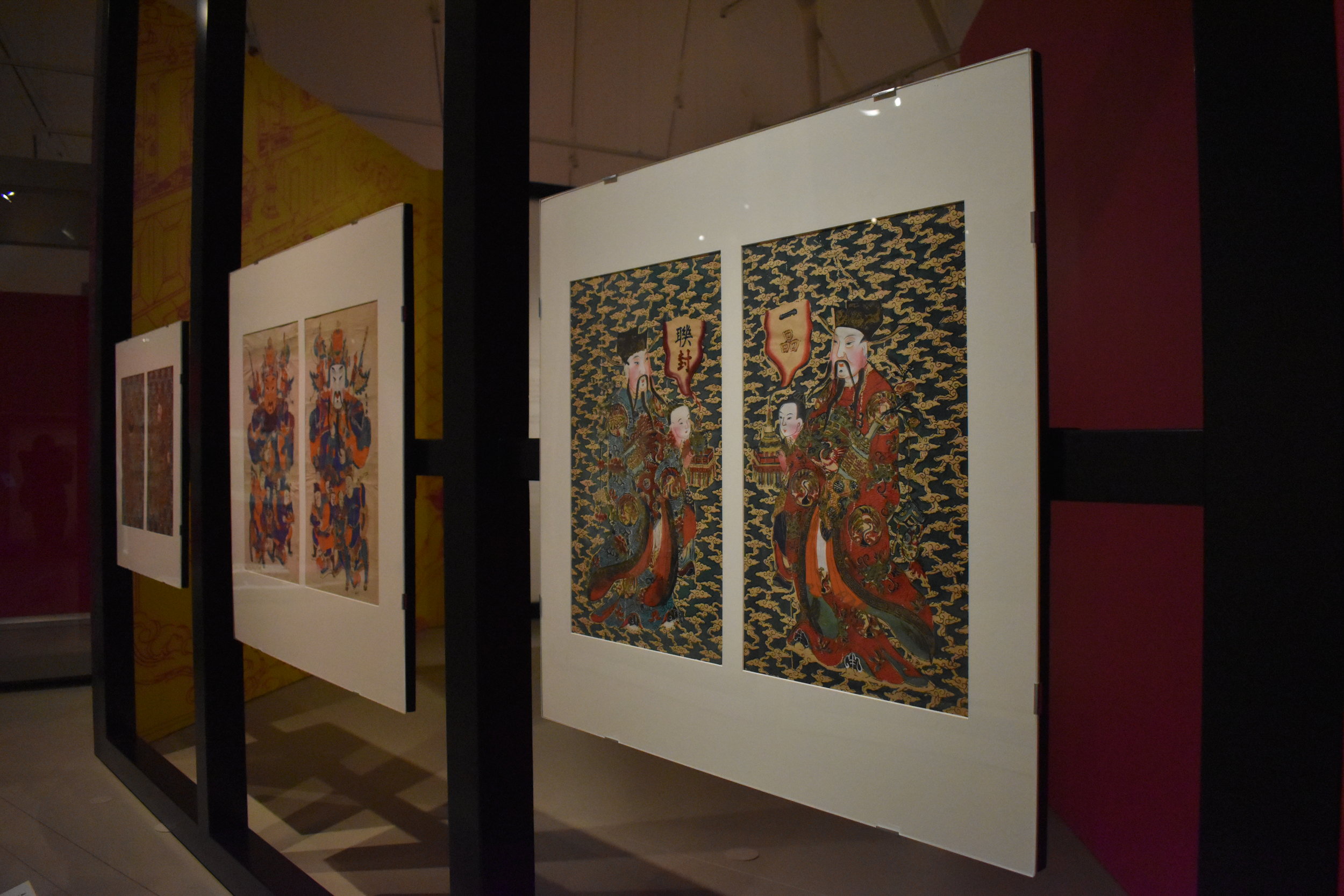
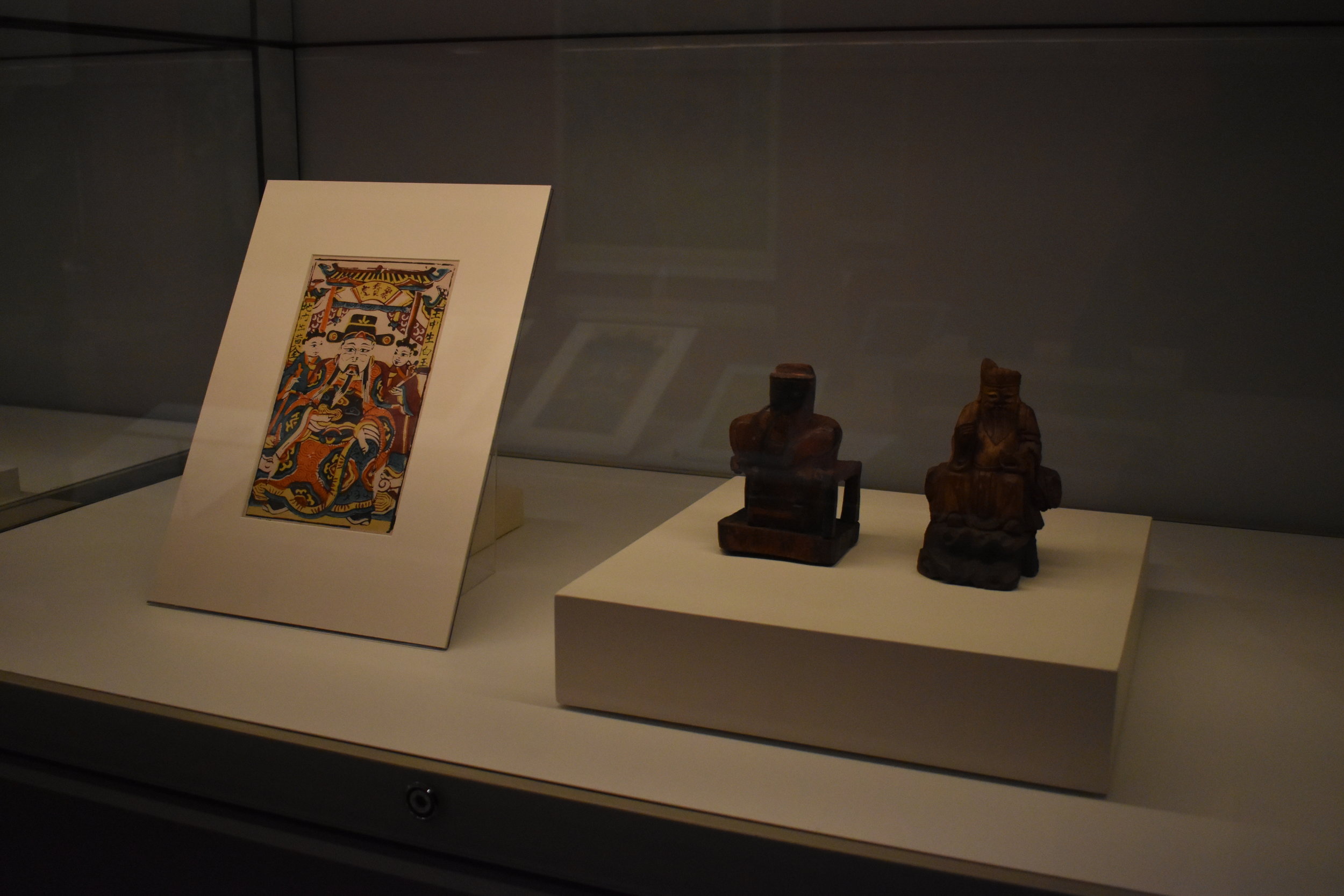
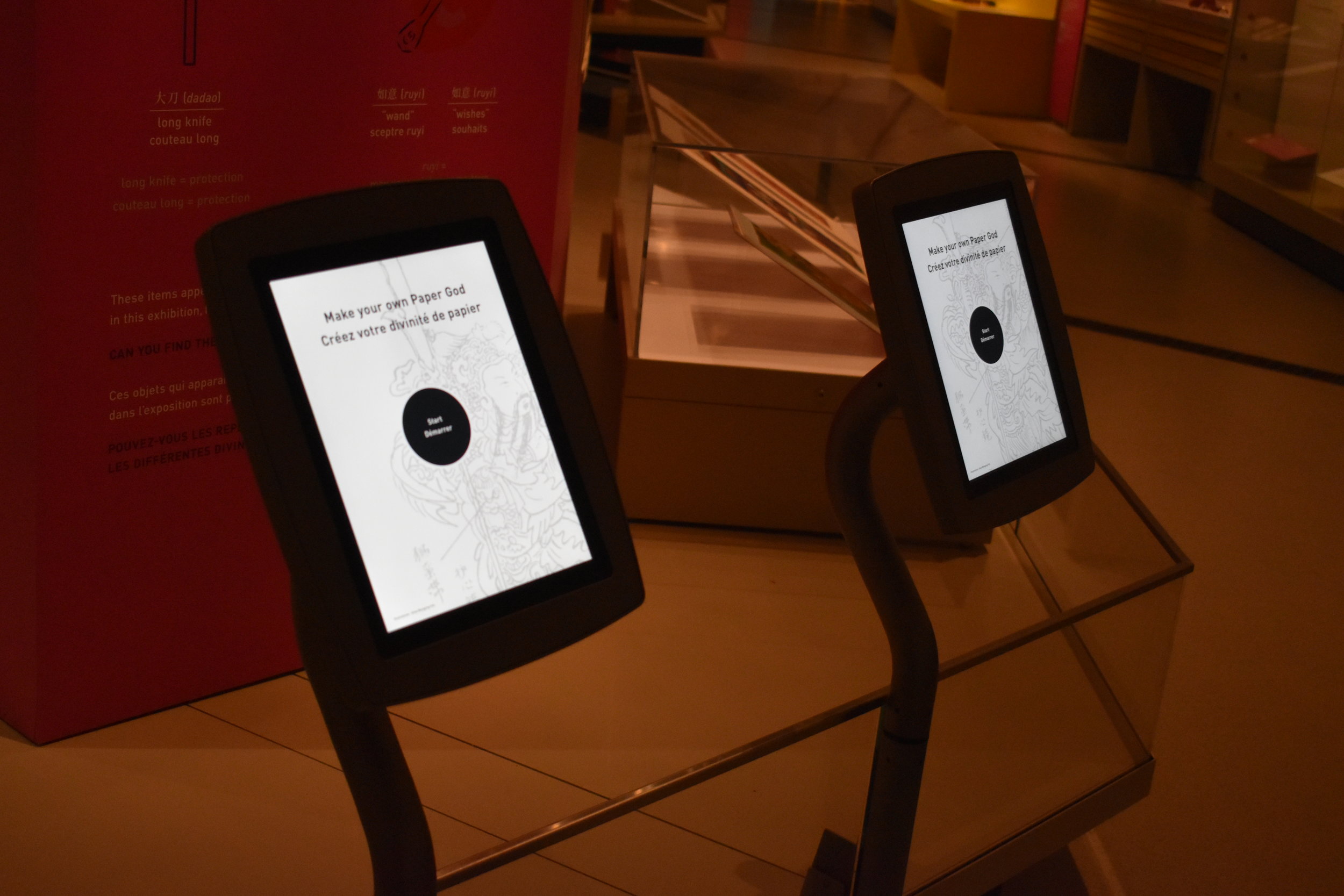
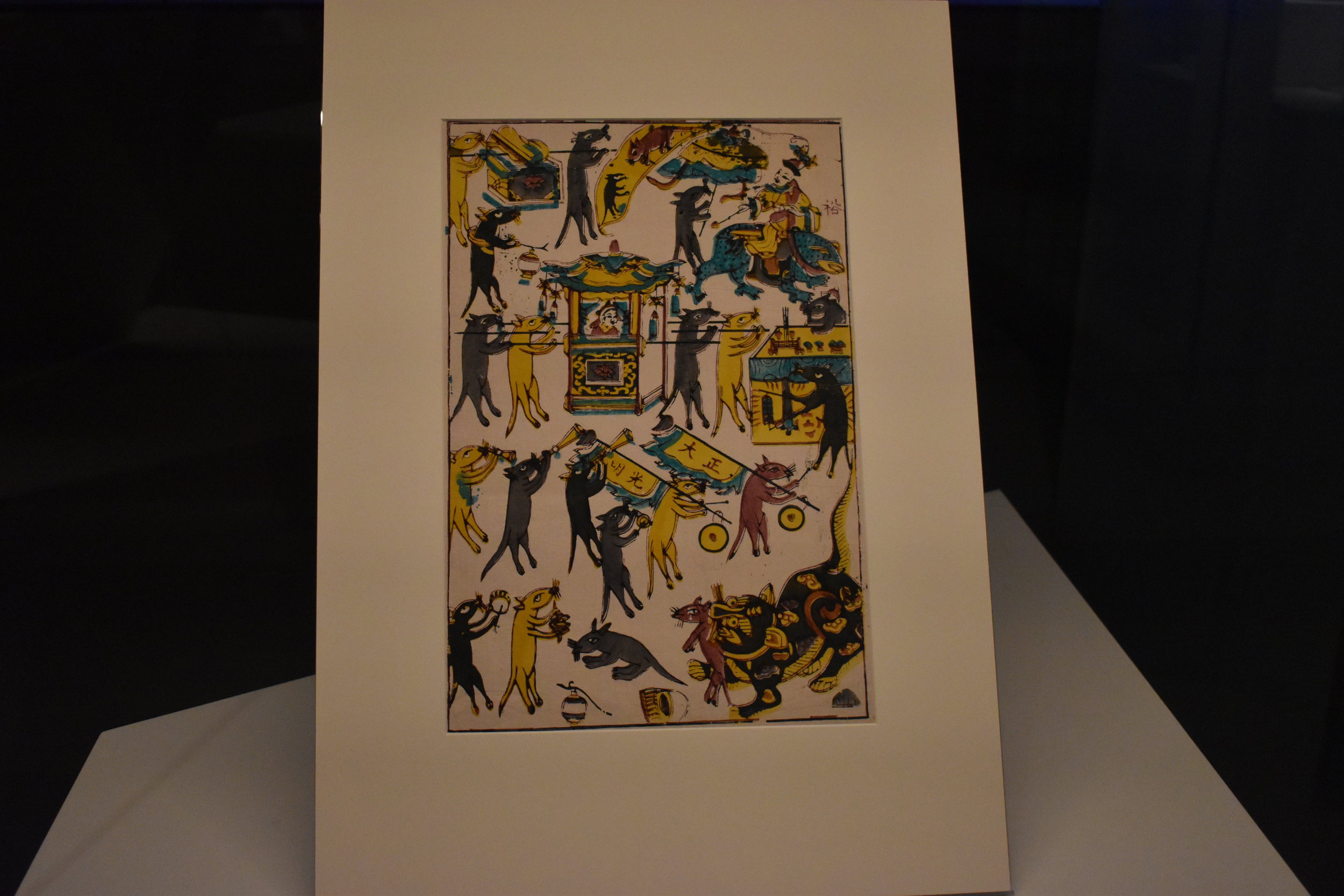

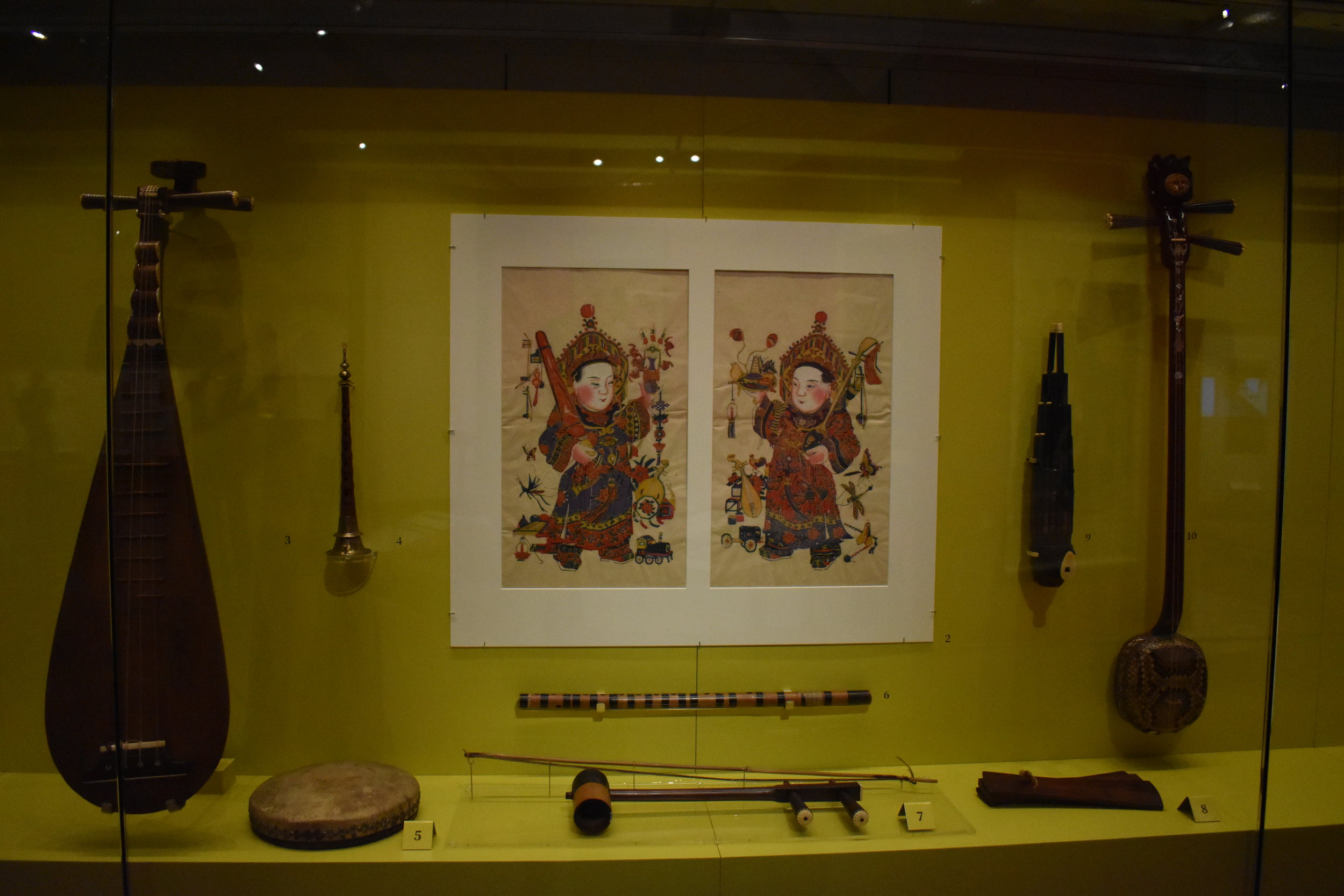
All images in this gallery were taken by Chloe Cook.
What Exactly is Chinese Lunar New Year?
The Chinese Lunar New Year is the day of the first new moon cycle of the year which typically falls around the beginning of February or late January.
It is one of the most important holidays in China, Korea, Vietnam, Singapore and many other Asian countries. The celebrations typically last for about 15 days.
Every year is represented by a different animal from the Chinese zodiac. Each animal symbolizes different traits for people born in that year, as well as predicts what the year holds for us all. 2019 is the year of the pig, that symbolizes luck, good fortune, wealth and honesty.

